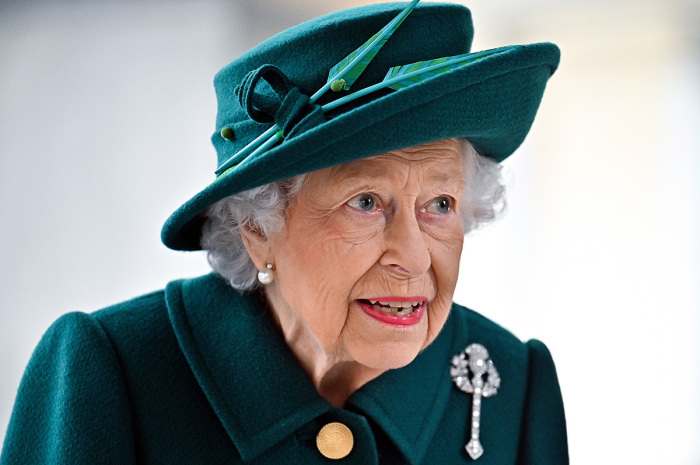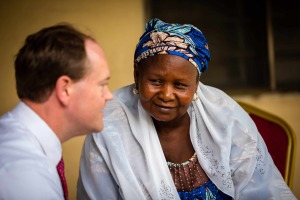Queen Elizabeth II, Britain's longest-reigning monarch, dies at age 96 at Balmoral

Queen Elizabeth II, Britain's longest-reigning monarch, died Thursday at age 96 after 70 years on the throne and serving as head of the Church of England.
"The Queen died peacefully at Balmoral this afternoon," stated the official Royal Family Twitter handle on Thursday. "The King and The Queen Consort will remain at Balmoral this evening and will return to London tomorrow."
The news came shortly after Buckingham Palace announced that the queen was under medical supervision at Balmoral due to health concerns, though they noted that she was comfortable.
“Following further evaluation this morning, the Queen's doctors are concerned for Her Majesty's health and have recommended she remain under medical supervision,” they stated.
All of the queen's children and the Duke of Cambridge traveled to Balmoral to be by her side.
On Tuesday, the queen appointed the new Prime Minister Liz Truss as her last public duty.
Earlier this year, Elizabeth II had missed multiple ceremonies, including Easter Sunday worship in April and events tied to her Platinum Jubilee celebration in June, due to health and mobility issues.
Born April 21, 1926, in Mayfair, London, Princess Elizabeth was the first child of King George VI, who ruled from 1936 after his brother King Edward VIII resigned, until his death in 1952.
During World War II, Princess Elizabeth joined the Auxiliary Territorial Service of the British Army, where she served as a mechanic and rose to the rank of Junior Commander.
Before taking the throne, Elizabeth married Prince Philip, the Duke of Edinburgh, in 1947. The union produced four children and lasted until April 9, 2021, when Philip died at age 99.
Queen Elizabeth II had her coronation at Westminster Abbey on June 2, 1953, with the ceremony being overseen by Archbishop of Canterbury Geoffrey Fisher.
In addition to secular responsibilities as monarch, Elizabeth II also held the title of “Defender of the Faith and Supreme Governor of the Church of England,” and oversaw various Church affairs.
The position goes back to King Henry VIII, who made himself head of the Church of England after splitting from the Roman Catholic Church when the pope refused to grant him a divorce.
“On the advice of the Prime Minister The Queen appoints Archbishops, Bishops and Deans of the Church of England, who then swear an oath of allegiance and pay homage to Her Majesty,” explained The Royal Family website.
“In 1970 The Queen became the first Sovereign to inaugurate and address the General Synod in person. Since then Her Majesty has inaugurated and addressed the opening session of the General Synod every five years after diocesan elections.”
The gradual breakup of the British Empire that had begun under her father’s reign continued during the 1950s and 1960s, as numerous overseas holdings gained independence.
Over time, the British Empire transformed into the Commonwealth of Nations, a body that includes many former British colonies, but now voluntarily cooperates as equals to promote economic development and peaceful political goals.
“Elizabeth II has thus made visits to other countries as head of the Commonwealth and a representative of Britain, including a groundbreaking trip to Germany in 1965. She became the first British monarch to make a state visit there in more than five decades,” explained Biography.
“During the 1970s and 1980s, Elizabeth continued to travel extensively. In 1973 she attended the Commonwealth Conference in Ottawa, Canada, and in 1976 traveled to the United States for the 200th anniversary celebration of America’s independence from Britain.”
On Sept. 9, 2015, Elizabeth set the record for the longest reigning monarch in British history, with the queen officially opening the Scottish Borders Railway on that day.
“Many including you, First Minister, have also kindly noted another significance attaching to today, although it is not one to which I have ever aspired,” she stated in a speech at the opening event.
“Inevitably, a long life can pass by many milestones; my own is no exception. But I thank you all, and the many others at home and overseas, for your touching messages of great kindness.”
The queen is survived by her four children, eight grandchildren and 12 great-grandchildren.





























